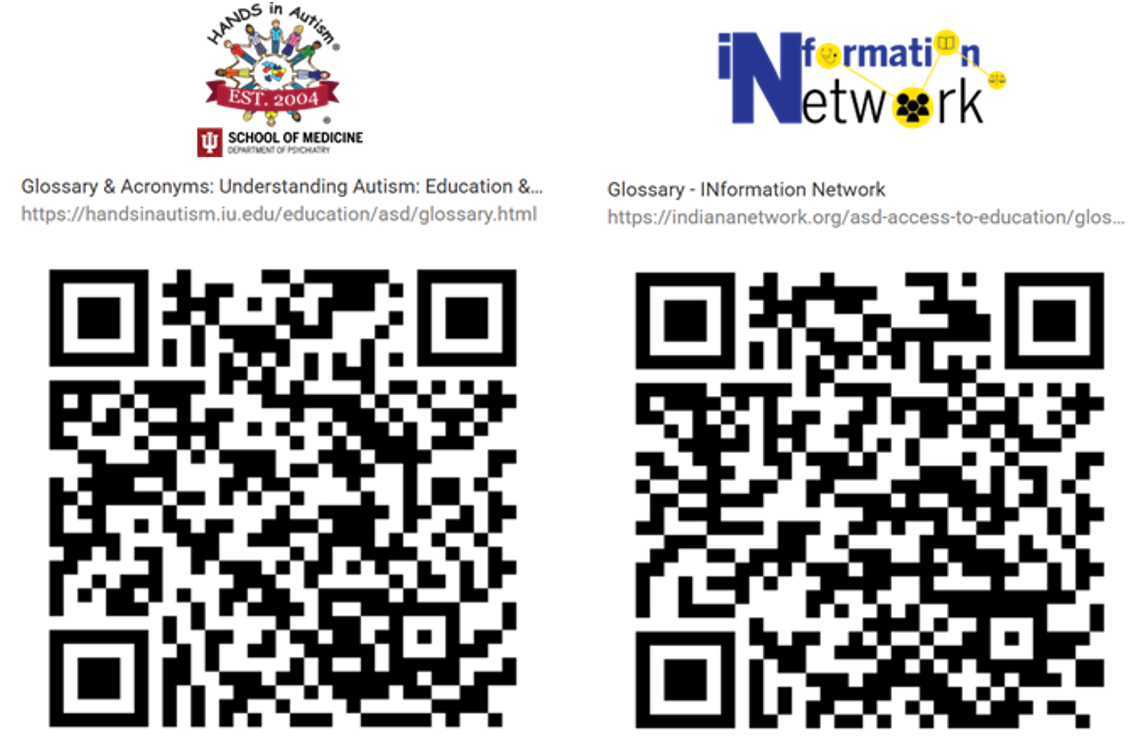Decision-Making Tools
Use of a Coalition, or committed group coming together around a common cause, supports efforts to:
- Trial and inform effective communication pathways for coalition members and those they are supporting
- Use and structure decision-making tools and processes to move ahead in individual and collective ways
- Guide decision-making within their districts and communities to further pathways and resources around target domains for collective outreach and sharing
The Behavioral Health Suspension Expulsion Coalition used and has available the following tools as part of the stage-based decision-making involved in selecting a target, mapping resources, and planning forward in identified areas of support for their districts and communities.
Charting the LifeCourse (Missouri Family to Family, 2012) was instrumental in the exploring and planning phases with use of the following foundational tools:
ALL Triangle
Consider the target domain or areas of focus for the district. Consider the numbers of the full group, the at-risk group and the high acuity group to see what the current and prospective impacts are with the domain selected.
Integrated Star
To have a full set of supports, integration across all areas is needed from those that are public to those that are private, community-based, relationship-supported, technology-focused or disability-specific. Similarly, capturing personal strengths and assets in a strength-based approach helps determine others that may be possible with support.
Exploring Trajectory
Setting a vision for where the district or partner is seeking to head helps plan for the opportunities, experiences, supports and other activities that are essential as sub-steps to move in a positive direction.
Resource Mapping
Objectively identifying resources, groups and networks within local and regional areas derives from conversations about supports while helping think outside of the box and informing needed sub-steps as part of initial trajectory planning.
Students within the Context of their Systems
Recognizing each student and family in the context of their systems and as a face to the target domain, supports exploration of strategies, supports, and information sharing that can support implementation of trajectory actions.
Three Buckets of Need
Core strategies that enable further trajectory planning and implementation are captured in three categories or buckets: (1) discovery and navigation (information and tools), (2) connecting and network (social support and direction), and (3) goods and services (products and items).
Life Domains
Target domains may be impacted by a number of core life domain areas. Those that are most important to the target domain are supported by areas noted within the star and resource mapping as well as those that will be novel or additive through the decision-making process and coalition support. Beyond these, teams will look forward to innovations to come that will support their efforts ongoing as an island of excellence in their target domains.


